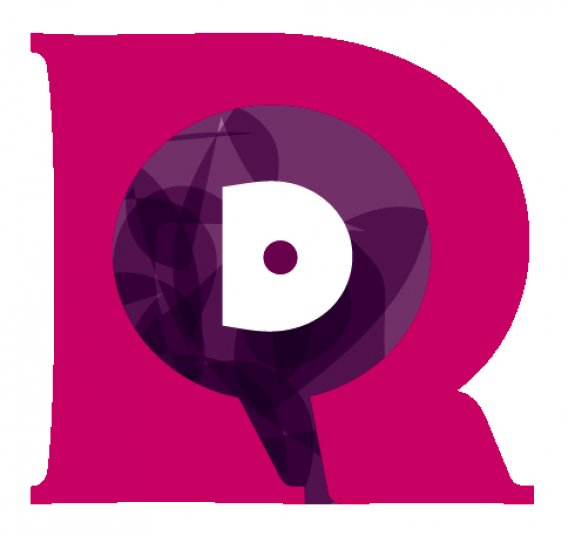Know your obligations and rights in matters of health and safety at work: Demystifying the CNESST (workshop for performers)
Know your obligations and rights in matters of health and safety at work: Demystifying the CNESST (workshop for performers)
Exact schedule to follow
The risk of injury in your profession as a dancer is ever-present. If an incident occurs, you’ll be grateful for having invested a few hours in this workshop. Because in the event of an accident, being poorly informed puts you at risk of paying significant treatment costs, not receiving proper care, and even jeopardizing your career prospects.
Whether it’s a minor incident or a major accident, it’s essential as a dance performer that you know the protection you’re entitled to and the resources available to you. Additionally, you need to learn how to navigate the processes to claim these benefits.
Here is, moreover, a golden opportunity to understand the workings of the CNESST in relation to your specific reality as a dance artist and your particular status as a worker.
The training also delves into the responsibilities of your employer, so that you have everything you need to defend your rights if necessary.
Would you like to know more about the obligations of those who hire your talents, or do you sometimes find yourself playing the role of the producer who isn’t quite sure how to comply with the Occupational Health and Safety Act?
⇒ Attend your workshop for choreographers/producers.
Objectives
- Understand the legislation, the foundations, and the workings of the Quebec occupational health and safety system, considering the specific realities and unique status of dance performers.
- Identify the rights, resources, and obligations of dance performers, as well as the obligations of their employers, regarding occupational health and safety.
- Know the procedures to follow in case of an accident, a claim, and a work stoppage.
- Encourage a culture of health and safety prevention in the workplace.
Topics covered
- Understanding the status of the dancer:
- According to the Workers’ Compensation Act (LATMP)
- According to the Occupational Health and Safety Act (LSST)
- How to manage your status as a Self-Employed Worker: the options
- Steps to take following an accident (Information, Procedures, Tips, and Tricks):
- Notify the employer
- Consult a doctor
- Open a ClicSÉQUR account and complete the forms: examples provided
- Eligible expenses : cases studies
- Benefits
- Accident during training: distinctions to make with the coverage provided to RQD members eligible for the Dance Training Support Program
- Medical follow-up:
- Accident without work stoppage.
- Accident with work stoppage.
- Accident with work stoppage and reassignment.
- In the case of inability to return to work.
- Attitude to adopt.
- Personal protection.
- Prevention.
Who can benefit from this training?
For dance performers
Trainer
Amélie Gauthier (upcoming bio).



